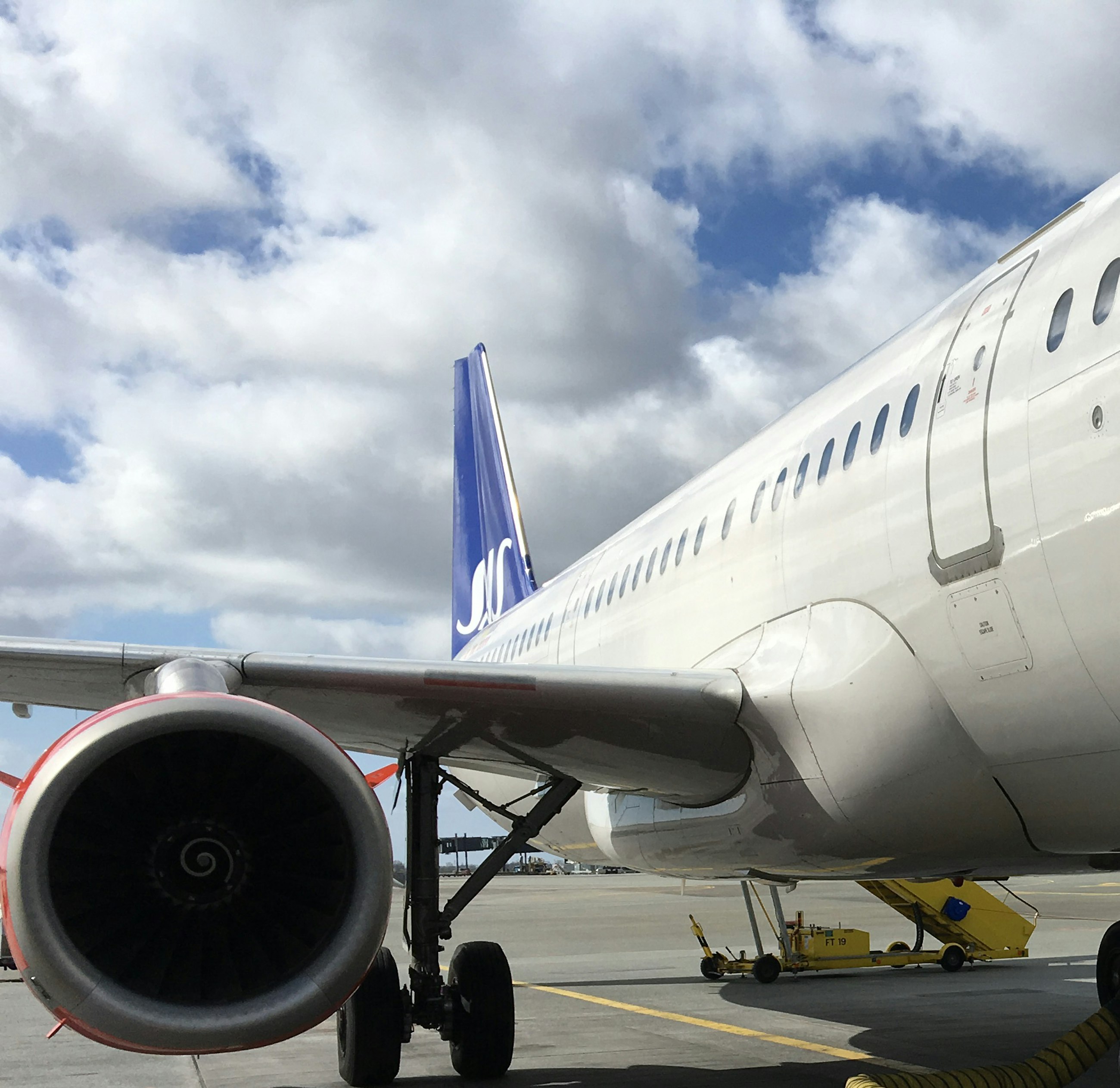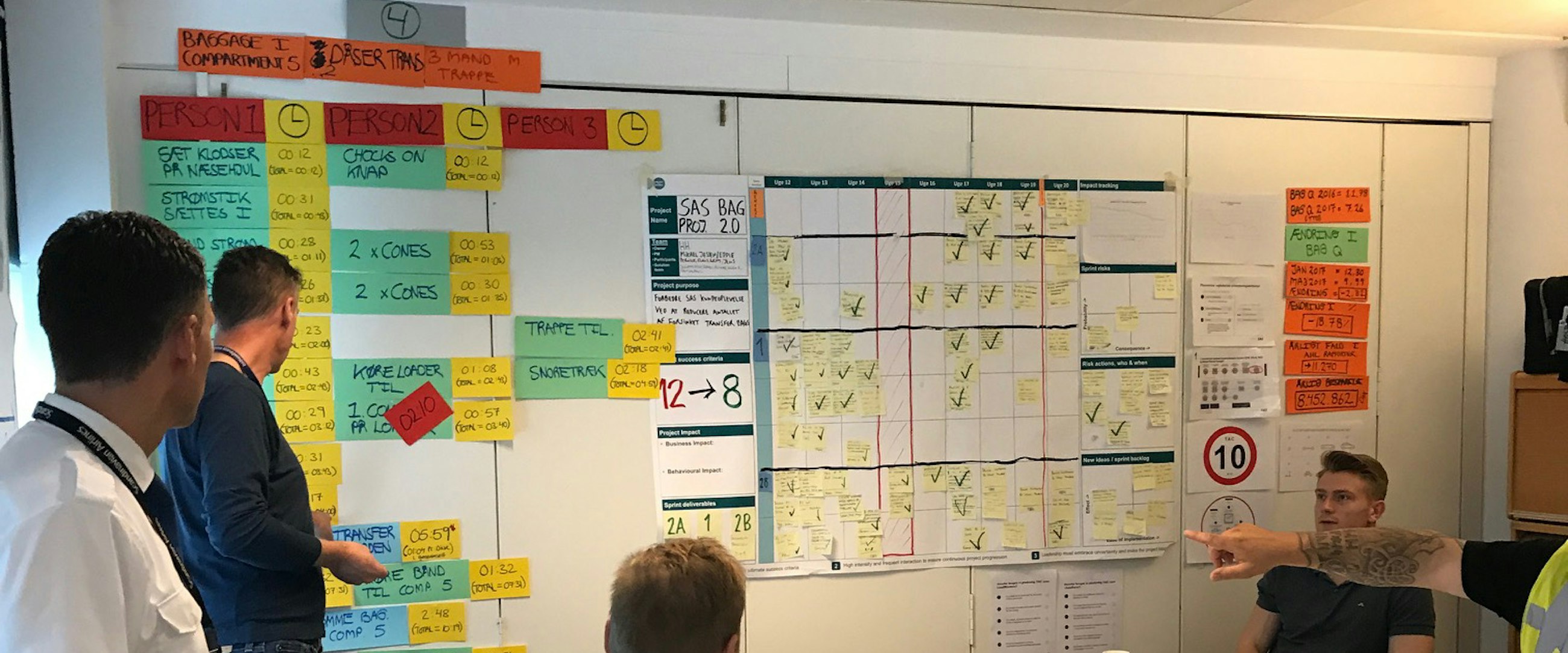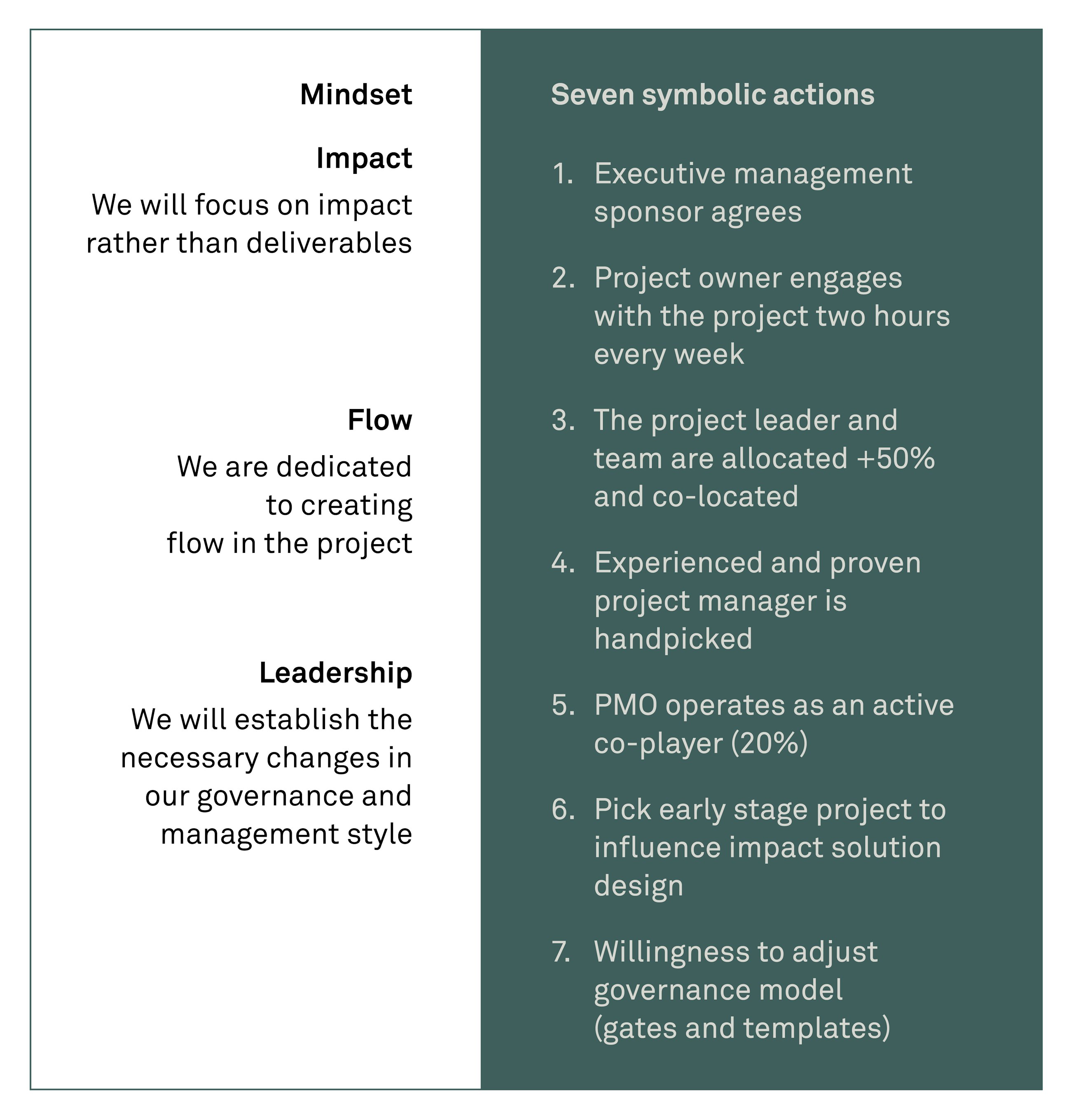SAS Ground Handling and Implement Consulting Group
28 January 2019
SAS Ground Handling (SAS GH) is the largest Scandinavian ground handler and part of SAS Group. They take care of all ground operations, ranging from connecting gates to aeroplanes, loading/unloading aircraft to transferring luggage to the conveyer belt. At Copenhagen Airport alone, they process 14,000 passengers and 9,000 pieces of luggage every day.
The project
To improve customer experience, SAS GH had the desire to increase the number of on-time luggage at Copenhagen Airport. The rate of delayed luggage had already been reduced from 20 per 1,000 in 2014 to 12 per 1,000 in 2016 – but they wanted to go further and cut delayed luggage pieces to just 8 per 1,000.
Eddie Aidinian
Steadily falling prices on commercial air traffic had resulted in a passenger boom and, due the infrastructure of Copenhagen airport, SAS GH faced capacity limitation issues. They were challenged by deviations from standard procedures, caused by irregularities such as faulty equipment, lack of equipment and resource volatility.
To achieve its objective, SAS GH had to rethink its current operations and find improvements in its established processes. The case project was therefore categorised as a Lean process optimisation project.
Local translation
In the Half Double methodology, local translation of the three core components – Impact, Flow and Leadership – is essential. This is carried out using nine methods.
Impact
The focus in Half Double is to create a flow of impact throughout the entire project’s lifecycle. SAS GH tailored impact to fit their project through the following methods.
Impact case
SAS GH had a very quantifiable impact case of reducing delayed luggage to eight per 1,000. This guided the project as it allowed the team to easily visualise and track impact throughout the project, motivating and helping them to sharpen their focus on impact rather than deliverables.
Impact solution design
Following the reduced-time-to-impact mindset, the project kicked-off with an impact definition workshop. Here, key stakeholders were invited to contribute to the scoping of the project, where three key hypotheses – out of a total of 10 – were defined. This step was key in securing stakeholder alignment and ownership, and in driving the focus on impact.
- The first hypothesis dealt with the communication processes and centered on relieving vital process failures.
- The second hypothesis dealt with prioritisation criteria for process planners and aimed at streamlining the organisation in its prioritisation of key resources in order to optimise resource allocation.
- The third hypothesis dealt with the aircraft unloading process and was geared towards reducing process time.
Pulse checks
SAS GH concluded 80% of all workshops with a pulse check. The simple survey allowed the project leader to measure stakeholder satisfaction and discuss possible areas of improvement. In addition, it kept the discourse on impact rather than on deliverables or activities.
Flow
Half Double has a clear focus on intensity and frequent interaction in project work. SAS GH tailored flow to fit their project through the following methods.
+ 50% allocation and co-location
SAS GH designed a cross-organisational close-knit team consisting of 10 core members, many having been at SAS GH for 20 years. To reduce time to impact, they were co-located in a dedicated project room for two full days per week. This allowed for high intensity and enabled issues to be dealt with on the spot rather than waiting for a formal meeting.
Visual planning
To boost team energy, SAS GH updated the visual plan throughout the project. This engaged and motivated the team and other stakeholders, as it allowed them to continuously monitor progress and identify bottlenecks while also indicating whether workstreams affected each other positively and negatively.
Project pulse and rhythm
SAS GH ensured a steady, productive project rhythm by allocating resources and co-locating the project team on two weekly workdays. This kept up the project pulse along with pulse checks and visualised plans. All in all, this created high intensity, which ensured project progress and reduced time to impact.
Leadership
Half Double Leadership embraces uncertainty by facilitating a collaborative journey towards a common goal. SAS GH tailored leadership to fit their project through the following methods:
Active project ownership
Prior to the project start-up, three initial project owner meetings ensured a common mindset and sponsorship from executive management. Here, the foundation was laid for the problem to be solved, as well as the expected impact of the project and next steps.
Following the three meetings, seven symbolic actions were installed to support the creation of Impact, Flow and Leadership.
To maintain momentum, the CEO was chosen as the project owner, attending biweekly meetings in the co-location project room as well as large workshops designing and approving the actual solutions.
Collaborative project leadership
The project was characterised by trust, purpose and collaboration. The CEO chose an experienced project leader who had been with SAS for more than 15 years. This proved vital in understanding key processes and realising the project’s cost-reducing potential. Leveraging the project leader’s responsibilities gave the project team the autonomy and direction needed to work independently – engaging and enabling them to focus on impact realisation.
Local adaption to governance
To gain full effect, SAS GH went all-in on the Half Double approach from the very beginning. Overall governance was discussed at the impact definition workshop, and it was decided to run the project with less reporting and more face-to-face meetings than usual. The project quickly adopted the reduced-time-to-impact mindset, and it soon became a part of the corporate DNA.
Project results
Over three months, SAS GH prioritised three hypotheses across the entire process and created three functional solutions:
Hypothesis 1
Impact will be created if SAS GH gives the planner some prioritisation criteria for unloading flights.
Solution:
- Development of prioritised criteria
- Simple and visually available criteria
Hypothesis 2
Impact will be created if SAS GH optimises the cross-disciplinary communication during critical hours.
Solution:
- Clear lines of command
- Visual overview
- Elimination of unnecessary communication
Hypothesis 3
Impact will be created if SAS GH reduces the time to unload by optimising and standardising the process.
Solution:
- Streamlined process
- Reorganisation of tasks
The project lasted for three months and achieved its goal of reducing luggage delay rates from 12 to eight per 1,000 pieces – in doing so, it reduced luggage delay costs by more than DKK 8.9 million per year.









